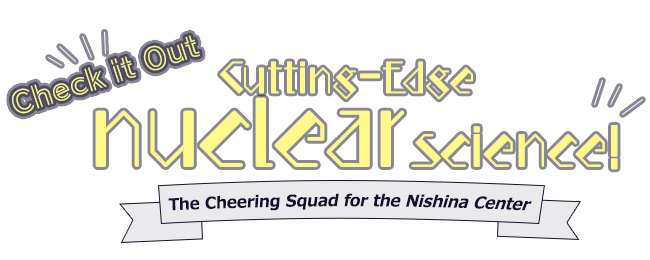
We want to see unstable nuclei!
Instrumentation development to realize our ideas
Interview with Dr. Yasushi Abe, Instrumentation Development Group
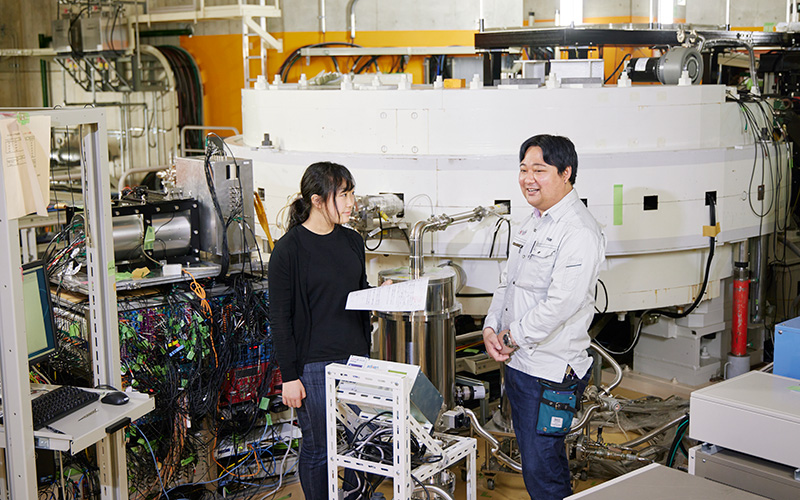
What is Dr. Yasushi Abe’s research about?
The Nishina Center houses an original device called SCRIT (Self-Confining RI Ion Target), which is used to study unstable nuclei. The SCRIT allows us to study the structure (shape and size) of the unstable nuclei by colliding electrons with unstable nuclei and observing the scattering electrons. In particular, if the structure of short-lived unstable nuclei could be observed, that would be the first in the world of such discovery. One of the requirements for the new discovery is to increase the frequency of collisions between electrons and unstable nuclei. Dr. Abe is in charge of this research.

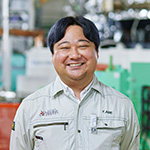
After graduating from the University of Tsukuba with a bachelor’s degree in natural sciences, Dr. Abe entered the doctoral program in physics at the Graduate School of Pure and Applied Sciences, University of Tsukuba. At that time, he applied for the Junior Research Associate Program at RIKEN and was assigned to the Rare-RI Ring Team. He worked with the team members to design a mass measurement device which was still in the conceptual stage, and completed the entire device over a period of three years with the cooperation of the manufacturer. In 2019, he moved to the National Institutes for Quantum Science and Technology, where he also developed device for two years. He then returned to RIKEN and is currently working on SCRIT as a Contract Researcher. His hobby is video games, and he especially likes to play Pokemon games.
Q1Could you tell us more about your research?
Abe: I am working on revealing the structure of unstable nuclei by electron scattering and developing the SCRIT device necessary for this purpose. Electron scattering is an experimental method to study the structure of unstable nuclei by bombarding them with electrons and observing how they are repelled. To study the structure, it is necessary to obtain a large amount of data by increasing the frequency of collisions. To do this, the number of unstable nuclei must be increased, but this is a challenging process since they decay quickly. The SCRIT method was developed to solve this problem. Since the electron beam has a negative charge, the path of the electron beam is electrically negative. The ions of unstable nuclei with a positive charge are attracted to them and bond. By locking in the unstable nuclei to the path of the electron beam through this bonding, the collision frequency can be increased. Using this device, we have succeeded in observing the structure of the unstable nucleus cesium-137 (137Cs) for the first time in the world. In the future, we hope to be able to observe the structure of tin-132 (132Sn) which is expected to help elucidate the creation of the universe. To achieve this, we are working to increase the frequency of SCRIT collisions and reduce the background.
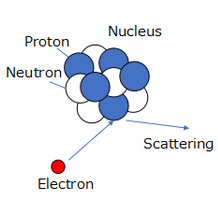
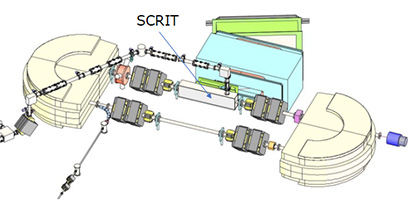
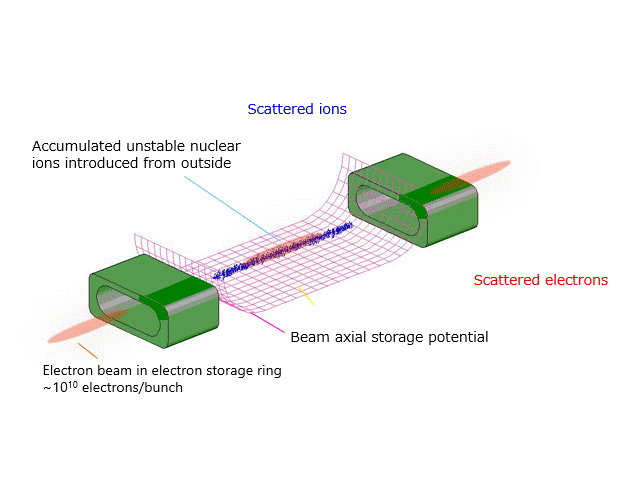
The structure of the unstable nucleus is studied by the scattering of electrons (image, above left). SCRIT (upper right) is a device to increase the frequency of collisions between unstable nuclei and electrons. The blue particles are unstable nuclei and the red particles are electrons.
Q2What is the procedure for making the apparatus?
Abe:We do not start the process by requests from others but instead, begin with our own idea of “this is what we want to know.” A device is not built out of the blue, but first we make a plan of what kind of experiments we need to conduct and where to install the device. Then, we confirm through simulations how long the research will take to obtain data, and apply for a budget. Once the budget is obtained, a prototype of the device is repeatedly tested, and if successful, the device is actually built. Because of these steps which are many, it is not unusual for it to take 10 years from conception to completion of a device. Since the process requires people with expertise in the device, there are those who work on a single device from its conception to completion.
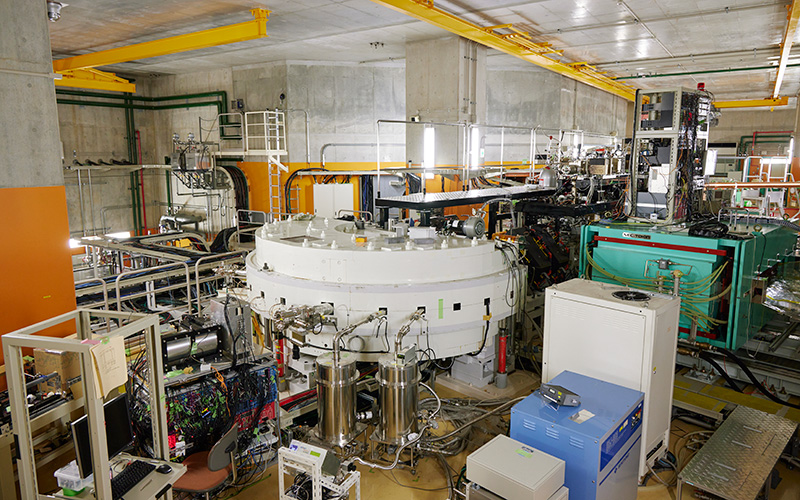
A panoramic view of the device including SCRIT. It took more than 15 years from the conception of the idea to the completion of the device.
Q3You have experienced both basic research at RIKEN and applied research called quantum medicine. Was there a difference?
Abe:Certainly, there are differences. First, basic research is rarely directly useful in our daily lives. There is a variety of “RIKEN’s original technologies,” but many of them cannot be reproduced elsewhere. On the other hand, applied research can be incorporated into our daily lives. In the case of the Nishina Center, this includes breeding using particle beams. Also, in basic research, the driving force is “I want to know this,” so we focus on pursuing that “something”, but in applied research, we have to worry about budgets and are sometimes pressed for deadlines. Despite these differences, I think one good aspect about the field of nuclear physics is that in both basic and applied research, researchers can frankly exchange opinions regardless of hierarchy. Researchers in basic and applied research also share in common that they can continue to work on something even if they do not know when they will find an answer to it. There are many things that can go wrong in this field, but when that happens, I have a series of discussions with my colleagues to find a solution. Sometimes things can get hard, but I am willing to do my best, little by little.
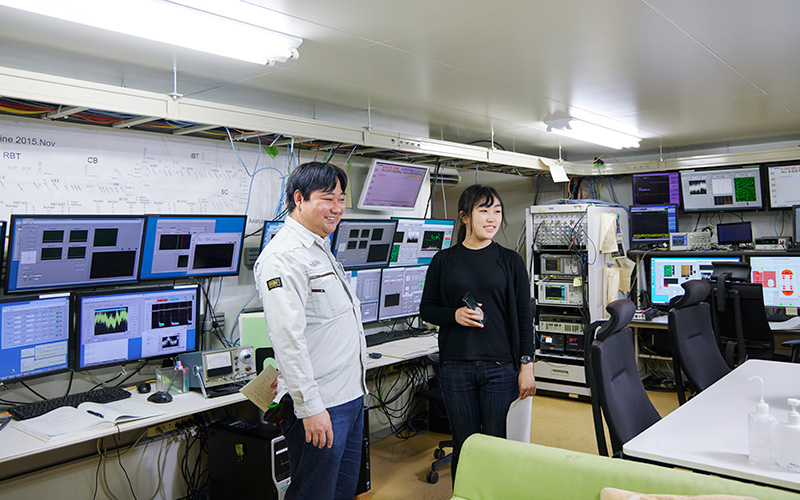
Measurement room of the SCRIT experiment.
Q4How do you spend your free time?
Abe:It depends on the laboratory, but I am often busy. When I was doing research on mass measurement, I sometimes could not sleep for three days because I had to grasp the whole picture of the research. But I usually go home around 8 pm. I also play games while commuting and after returning home. I don’t have any particular tips about how to spend my time, but I think it is important not to do things that are hard on myself.
(Interviewed in April, 2023)
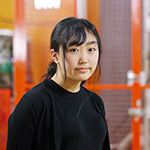
After the interview
Through the interview, I realized how difficult it is to do research as a profession. However, Dr. Abe seemed to enjoy talking about his research very much, and I also realized that real research is fun. I feel that this interview enhanced my understanding of researchers. I also felt that it is a waste that such interesting research stories are not known to the public. It was a difficult topic, but he explained it so thoroughly that even I could enjoy it. Through articles like this, I hope that as many people as possible will become interested in research.


 Superheavy Element Research Group
Superheavy Element Research Group Ion Beam Breeding Group
Ion Beam Breeding Group Nuclear Many-body Theory Laboratory
Nuclear Many-body Theory Laboratory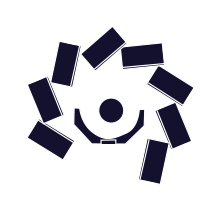 Radioactive Isotope Physics Laboratory
Radioactive Isotope Physics Laboratory Spin Isospin Laboratory
Spin Isospin Laboratory Nuclear Spectroscopy Laboratory
Nuclear Spectroscopy Laboratory Accelerator Basic Research Department
Accelerator Basic Research Department RI Application Research Group
RI Application Research Group